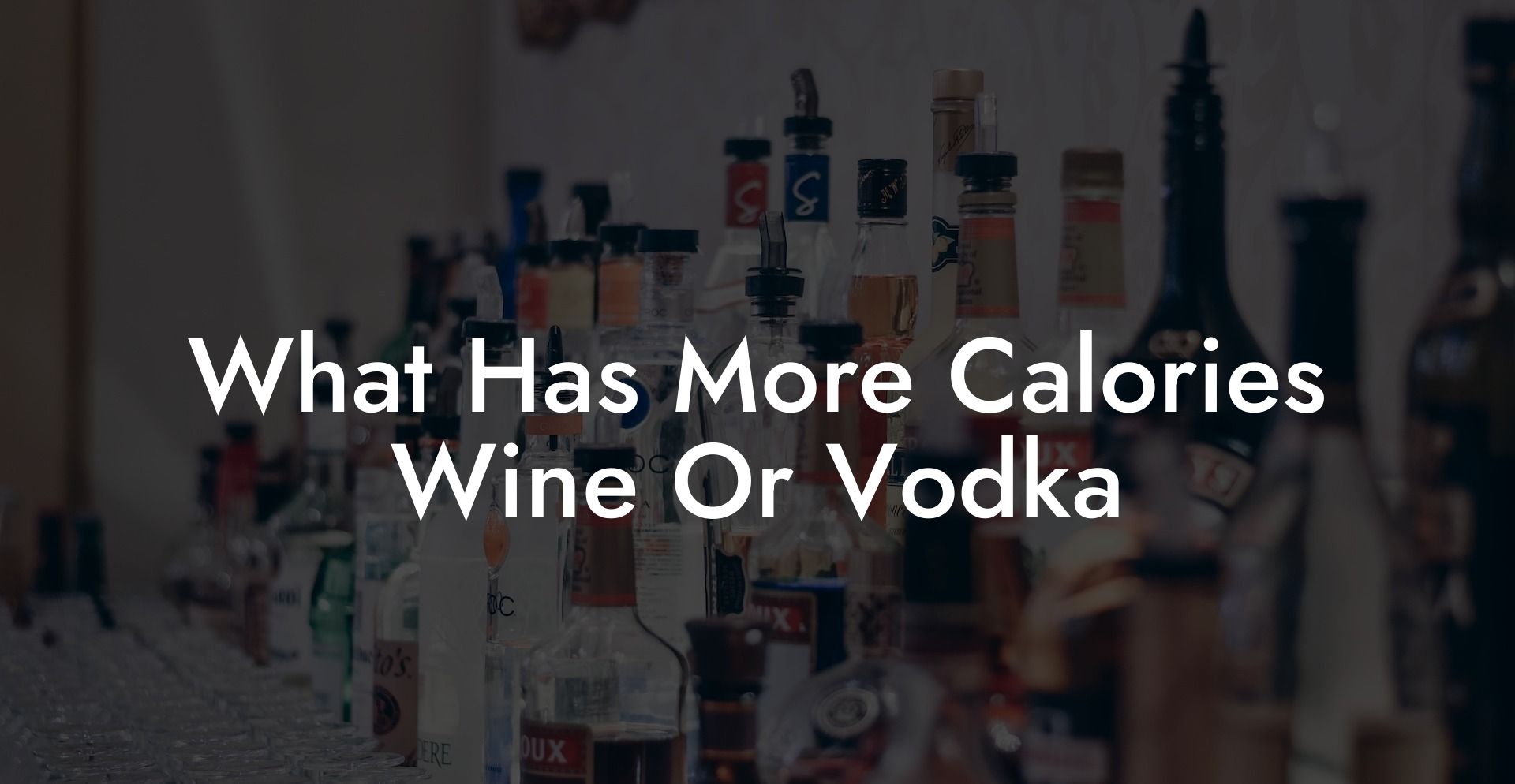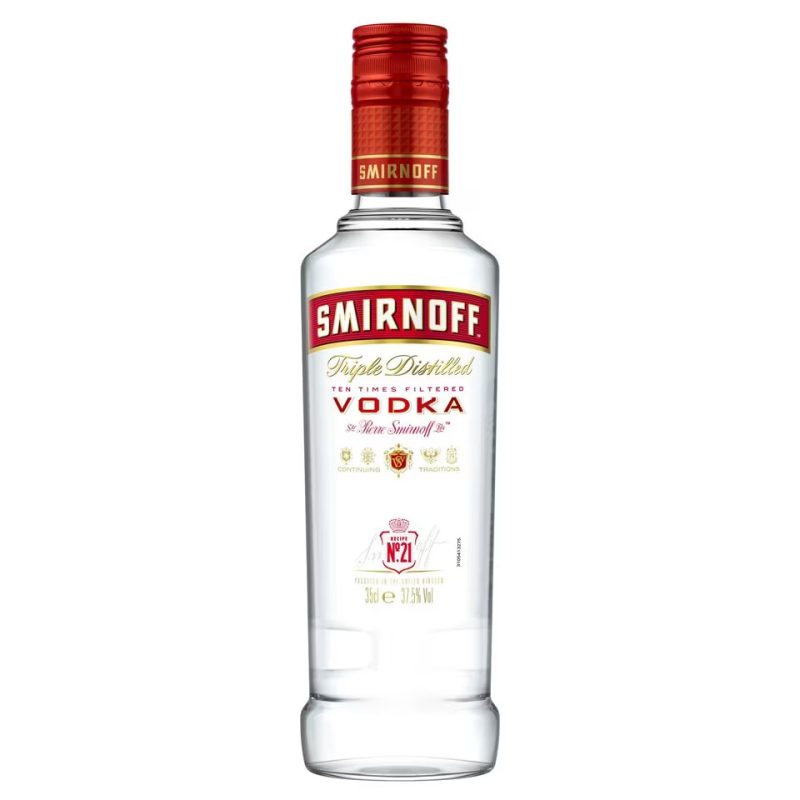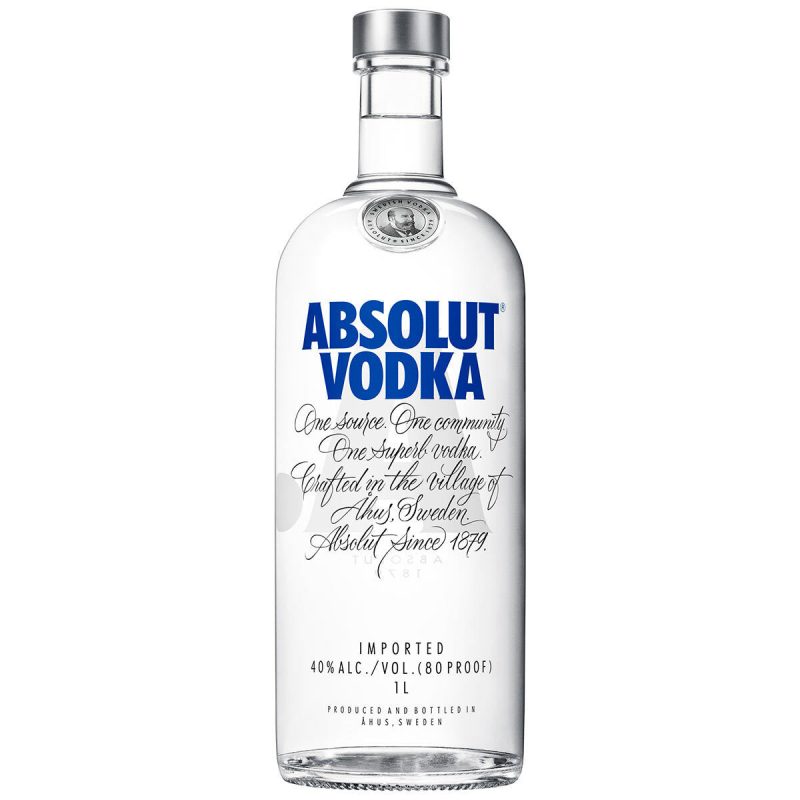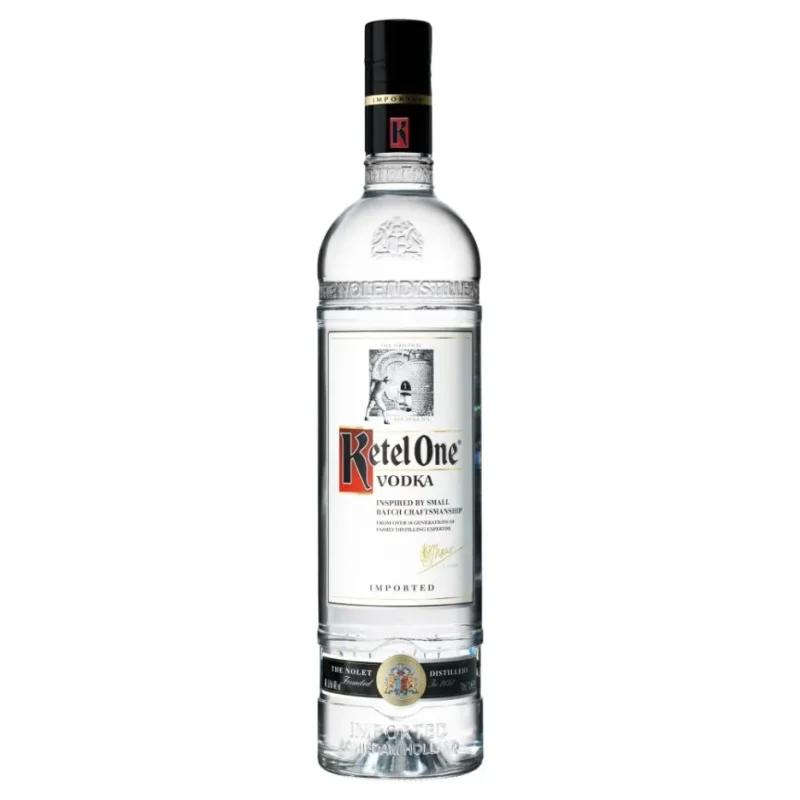When it comes to enjoying a drink, many people weigh the choice between wine and vodka. But which of these popular alcoholic beverages is likely to pack in more calories? In this article, we'll dive deep into wine and vodka's calorie content, analyze the factors that influence it and provide you with the information you need to make an informed decision based on your individual preferences and nutritional goals.
Best Budget Vodkas Ranked
What Has More Calories Wine Or Vodka Table of Contents
Looking For The Best Vodka? You'll Love These Vodka Guides...
Basic Comparisons
To begin with, let's look at the basic calorie content of wine and vodka.
Wine
- An average glass of red wine (5 oz) contains approximately 125 calories
- An average glass of white wine (5 oz) contains approximately 120 calories
- The calorie count in wine is primarily derived from its alcohol content and residual sugars
Vodka
- A standard shot of vodka (1.5 oz) contains approximately 96 calories
- Calories in vodka come from its alcohol content with no sugar or carbohydrates present
- Flavored vodkas may have additional calories from added sugars or flavoring agents
In terms of calories per serving, it might seem that wine has more calories than vodka. However, it is essential to consider the differences in serving sizes.
Serving Sizes Matter
A standard serving of wine is 5 oz, while a typical serving of vodka is 1.5 oz. To make a more accurate comparison, let's analyze the calorie content in equal amounts of these beverages.
Per Ounce
- Red wine contains approximately 25 calories/ounce
- White wine contains approximately 24 calories/ounce
- Vodka contains approximately 64 calories/ounce
As you can see, when comparing equal amounts, vodka is significantly higher in calories than wine. This comparison is important, especially when mixing vodka with other ingredients in cocktails, as the calories can quickly add up.
Mixers and Cocktails
Wine:
Typically, wine is consumed by itself and rarely mixed with other ingredients. However, occasional exceptions include wine-based cocktails such as sangria and wine spritzers. Adding fruit or carbonated water will marginally increase the calorie count, but not significantly.
Vodka:
On the other hand, vodka is often mixed with various ingredients to create cocktails like martinis, Moscow mules, and screwdrivers. These mixers can substantially increase the calorie count of your drink. For example:
- Martini: 176 calories (1.5 oz vodka + 1 oz vermouth)
- Moscow Mule: 220 calories (1.5 oz vodka + 4 oz ginger beer + 1 oz lime juice)
- Screwdriver: 146 calories (1.5 oz vodka + 4 oz orange juice)
Keep in mind that these numbers do not account for additional ingredients like syrups, fruit juices, or garnishes – which can make a significant impact on the total calorie count in your vodka-based cocktail.
What Has More Calories Wine Or Vodka Example:
Let's say you go out for a night with friends and plan to have a few drinks. If you choose to have three glasses of white wine, you'll consume approximately 360 calories (120 x 3). But If you opt for vodka-based drinks, you might order a martini, a Moscow mule, and a screwdriver, which sums up to 542 calories.
Based on this example, the wine choice resulted in lower calorie consumption compared to a night indulging in vodka cocktails. However, each person's preferences and consumption patterns will vary, so it's essential to be mindful of serving sizes and mixers that contribute to the overall calorie content.
Now that you've learned the differences in calorie content between wine and vodka, it's easier to make informed decisions on your choice of beverage according to your taste and nutritional considerations. If you enjoyed this article, please feel free to share it with your friends and explore other fascinating guides available on Vodka Doctors! Cheers to a healthier and more informed drinking experience.
Frequently Asked Questions
What are the calorie contents of wine and vodka?
On average, a 5-ounce serving of red wine has about 125 calories, while the same serving of white wine has about 121 calories. In comparison, a 1.5-ounce shot of vodka contains about 97 calories. The actual calorie content may vary depending on the specific type and brand.
Does the type of wine affect the calorie content?
Yes, the type of wine can affect its calorie content. Typically, sweeter wines have more calories than dry wines. Also, fortified wines like port and sherry can have higher calorie contents due to added sugars and alcohol content.
Is vodka considered a low-calorie alcoholic drink?
Vodka is often considered a lower-calorie option compared to other alcoholic beverages due to its minimal carbohydrate content and lower alcohol volume per serving.
Can the way vodka is served affect its calorie content?
Yes, mixers used in vodka drinks can significantly increase calorie content. For example, adding juice, syrup, or soda to vodka will increase the calorie count, whereas drinking it straight or with a zero-calorie mixer does not add additional calories.
Do different brands of vodka have different calorie counts?
Most unflavored vodkas have a similar calorie count, as they typically contain just water and ethanol. However, flavored vodkas may have additional calories due to the sugary additives.
How do serving sizes impact the calorie comparison between wine and vodka?
Serving sizes greatly impact calorie comparison. Wine is usually served in larger portions (about 5 ounces) than vodka (typically a 1.5-ounce shot), which can lead to a higher overall calorie intake from wine per serving.
What role does alcohol by volume (ABV) play in the calorie content of wine and vodka?
The ABV can influence calorie content, as higher alcohol content can lead to more calories. Most wines have an ABV ranging from 9% to 16%, while vodka typically has an ABV of 40%. Despite the higher ABV, vodka can have fewer calories per serving due to smaller standard serving sizes.
Are there low-calorie wine options available?
Yes, there are low-calorie wines marketed as "light" or "skinny," which have fewer calories than regular wines. These are often lower in both alcohol and sugar content.
How can I make a low-calorie vodka drink?
To make a low-calorie vodka drink, combine vodka with zero-calorie mixers such as soda water, diet tonic, or a squeeze of fresh citrus. Avoid sugary mixers to keep the calorie count down.
Could drinking wine or vodka affect weight loss efforts?
Alcoholic beverages like wine and vodka contain calories that can add up, potentially impacting weight loss if consumed in large quantities or without accounting for their caloric value in your daily intake.
Does aging wine increase its calorie content?
No, aging wine does not significantly increase its calorie content. The calories come mainly from alcohol and sugar, which remain relatively stable over time in the bottle.
Is it better to drink wine or vodka if I'm on a diet?
If you're on a diet, the better option depends on your calorie allowance and preferences. Vodka may be a more calorie-efficient choice due to its lower calorie content per standard serving, but moderation is key for both drinks.
Are there differences in calorie content between homemade and commercial wine?
Homemade wines can vary widely in calorie content based on the sugar and fruit used. Commercial wines have more consistent calorie counts due to standardized production processes.
What impact does the proof of vodka have on calories?
The proof of vodka, which is double the ABV, indicates the alcohol content. Higher proof vodkas will have more calories, as alcohol has about 7 calories per gram.
Does red wine or white wine have more calories?
Red wine typically has slightly more calories than white wine due to higher alcohol content and residual sugars, though the difference is not substantial. The varietal, vintage, and production style can also influence the calorie count.
Are certain types of vodka more calorie-dense than others?
Yes, flavored vodkas and vodkas with a higher proof are more calorie-dense than standard, unflavored vodka with a standard ABV of 40%.
How can I track the calories in my wine or vodka consumption?
To track calories, check the nutritional information on the label, use a drink-tracking app, or look up the average calorie content for the type of wine or vodka you are consuming.
Can wine or vodka be part of a healthy lifestyle?
Wine and vodka can be part of a healthy lifestyle when consumed in moderation. The key is to be mindful of serving sizes and the overall calorie intake. Some studies even suggest moderate wine consumption may have health benefits.
Are there any caloric benefits to choosing organic wine or vodka?
Organic wine or vodka does not necessarily have fewer calories than non-organic options. The primary difference lies in the farming practices used to produce the organic grapes or ingredients.
How does the sugar content in wine compare to the calorie content in vodka?
Wine, especially sweeter varieties, can have a significant sugar content contributing to its calorie count. Vodka typically does not contain sugar unless flavored or mixed with sugary additives, making its calories come almost exclusively from the alcohol.
What should I consider when choosing between wine or vodka for health reasons?
Consider your personal health goals, dietary restrictions, and preferences. If calorie count is a primary concern, vodka may be the better choice. However, wine has been studied for its potential health benefits, particularly red wine for its antioxidants. Always consult with a healthcare provider for personalized advice.
















